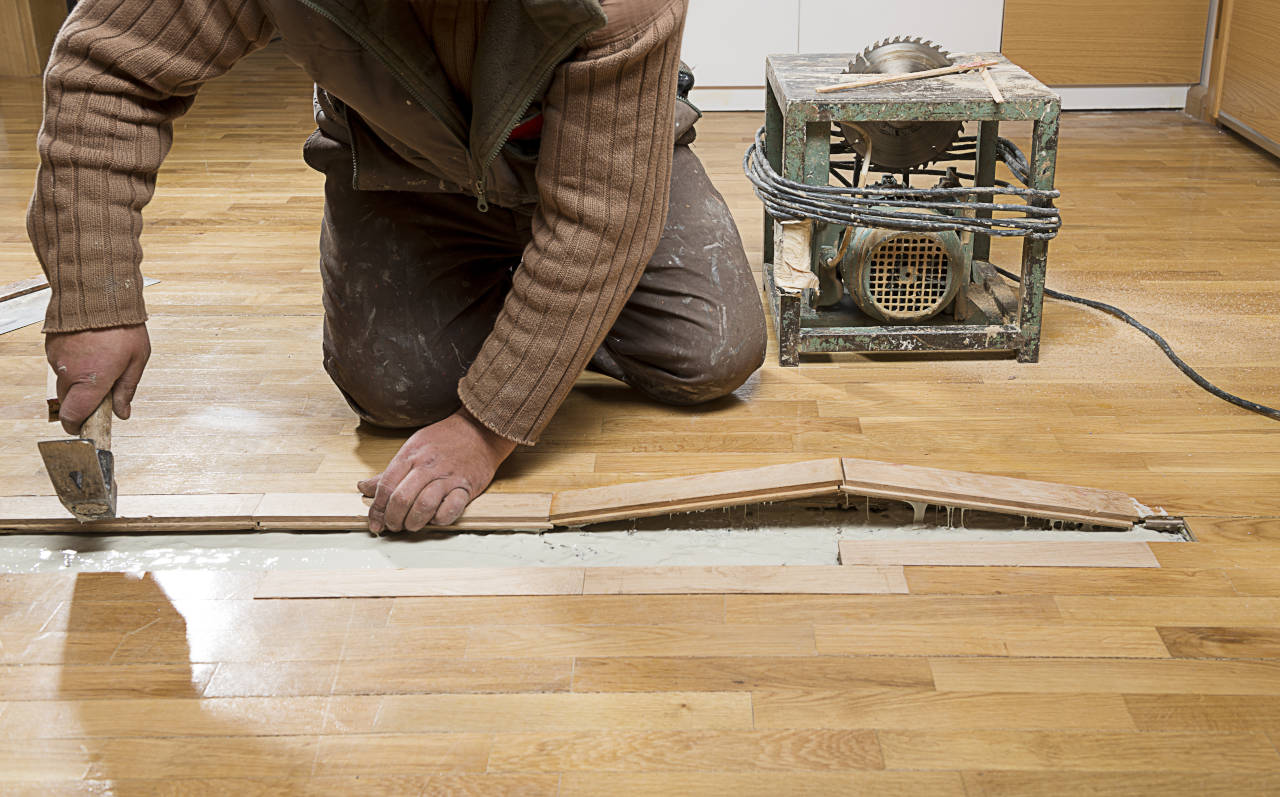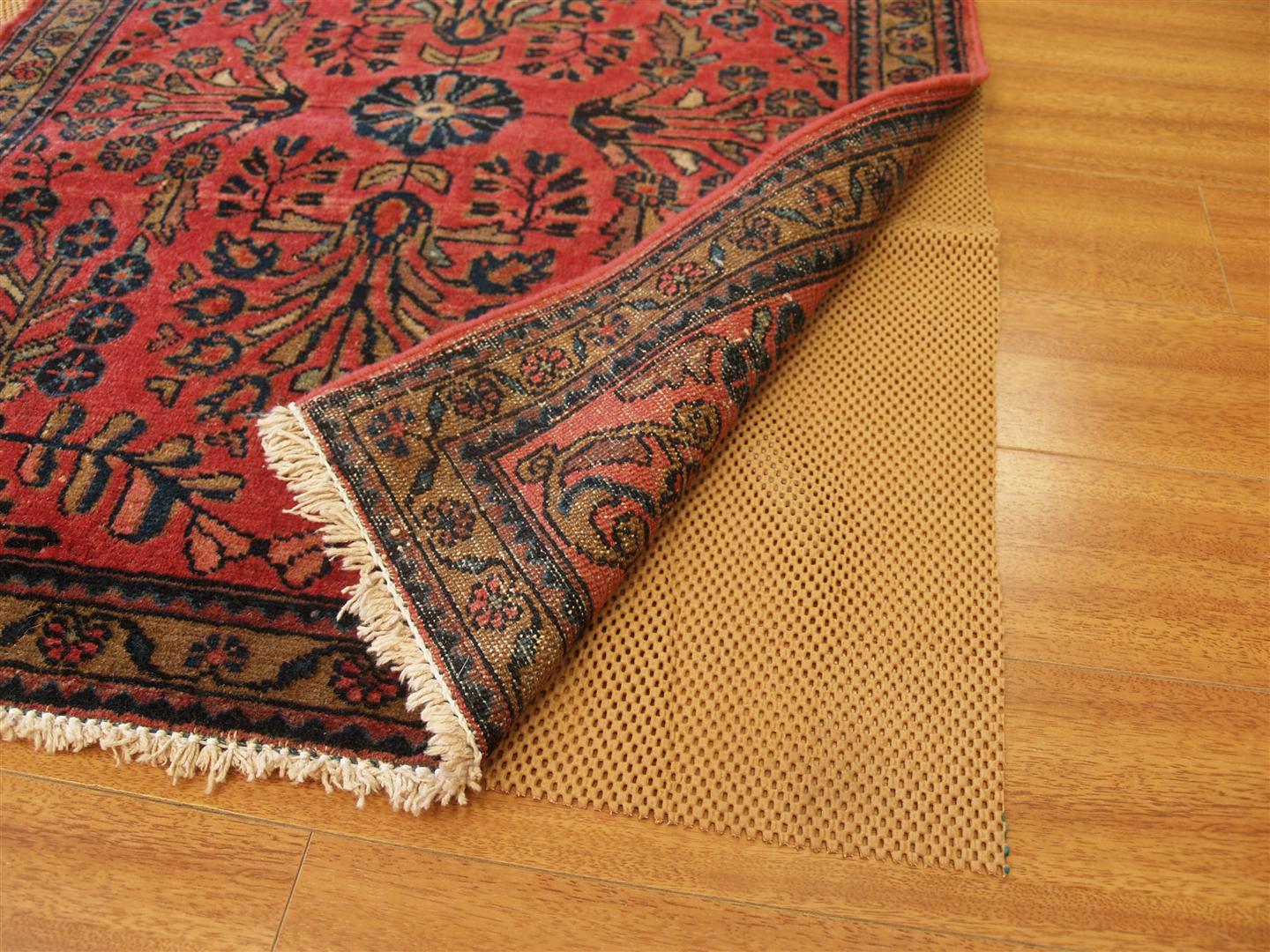Hardwood Floor Insect Damage

Repair Hole In Hardwood Floor
Step 1: Insulate the hole in the hardwood floor. Step 2: Shape the filler piece of wood to fill the hole. Step 3: Install the wood filler piece and wait for the epoxy to dry. Step 4: Shave filler wood to level with hardwood floor. Step 5: Add stain and grain marks to the wood filler piece. Where did the termite-damaged hole go in the hardwood? Where did the termite-damaged hole go in the hardwood?Termites leave signs of their presence, so it can be helpful to know some of these signs so you can take action as soon as possible. As termites hunt moisture, they will eat away all major parts of your soil's substructure. When termites eat away at the support beams of your floor, the damage causes subsidence. If you step on any part of the ground and feel it sink a little under your foot, you may have termites. If you step on part of your hardwood floor and get a hollow sound in return, you may have termites. In this case, the termites will have already gotten to work and caused significant damage to that part of your flooring. If any part of your wood floor shows obvious water damage in the form of stains, swelling or softening, you need to have it checked. Similar to sagging floorboards, termite damage can also cause your floors to creak when walked on. Depending on which parts of the subfloor the termites will be working on, the damage can weaken parts of the floor support. As they eat, termites create waste products that look like small piles of sand or wood chips. These waste byproducts, called droppings, are a sure sign that something is eating away at your wood floors. Termites, like most pests, always leave signs of their existence. Even if you're not infested with termites, you could have a serious flooring problem. If you have any suspicion of a termite problem in your wood floors, you should contact Quality Pest Control today.
Termite Flooring Damage
By the time they reach the surface flooring that you can see, structural damage in the form of weakened substructures can be significant. Early signs are easy to miss - creaks, slight sags, floors that seem to have lifted a bit. Later signs are more obvious, when the sagging becomes dramatic, the squeaking is too loud to ignore, the planks or tiles loosen and pull away from the subfloor, and areas begin to warp. Other signs that you may have a termite problem include laminates that bubble up like water damage, although no water damage has occurred, and spots of discoloration (a sign that can go unnoticed if you spill a lot) or blisters, and inexplicable piles of sawdust. Once you start to suspect something, the first step is to call a professional to confirm or rule out termites, and begin treatment immediately if an infestation is detected. Wooden and tiled floors can often be repaired, while laminate floors usually need to be completely ripped out and replaced - which isn't necessarily a bad thing, as it makes it easier to access all wooden substructures which must be repaired, replaced and possibly treated. with termicides to prevent a recurrence. For most people, this is not a DIY project, as damage to substructures can be difficult to assess, and extensive damage may require the type of hydraulic equipment capable of lifting your entire home. of the ground. It's a serious and expensive business, but it's better than the alternative: watching termites turn your floors and home into a hollow, saggy mess.# Video | Hardwood Floor Insect Damage
- Termite Damage Hardwood Floors Pictures
- Termite Hardwood Floor Damage
- How To Treat Powderpost Beetles In Hardwood Floors
- What Causes Small Holes In Hardwood Floors
- Early Stage Termites In Hardwood Floors
# Images | Hardwood Floor Insect Damage - Termite Damage Hardwood Floors Pictures
Termite Hardwood Floor Damage - Powderpost Beetles
How To Treat Powderpost Beetles In Hardwood Floors - Termite Damage Hardwood Floors Pictures
 Save
Save